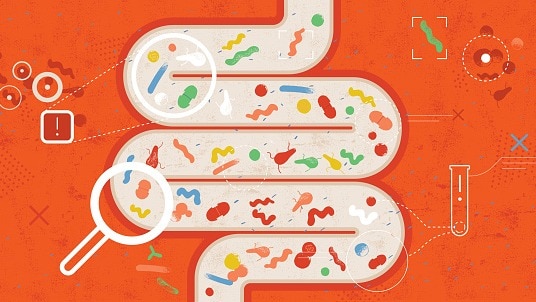Silent Killers: Aussie Doctors Warn of Hidden Health Risks You Need to Know

We all know to visit the doctor for check-ups, but sometimes serious health conditions can creep up on us without any obvious warning signs. Australian doctors are urging people to be aware of these 'silent killers' – illnesses that often progress unnoticed until significant damage has been done. Early detection is key to effective treatment and a better quality of life, so let's take a look at some of the subtle signs you shouldn't ignore.
High Blood Pressure: The Silent Threat
High blood pressure, or hypertension, is often called the 'silent killer' for a reason. Many people have it for years without knowing it. While occasional headaches or nosebleeds *might* be a clue, they're not always present. The real danger is that untreated high blood pressure puts a huge strain on your heart and blood vessels, increasing your risk of heart attack, stroke, kidney disease, and other serious complications. What to look for: Regular blood pressure checks are crucial. Talk to your GP about getting yours tested, especially if you have a family history of hypertension, are overweight, or lead a sedentary lifestyle.
Diabetes: Beyond the Sweetness
Diabetes is another condition that can develop gradually, with early symptoms often being mild or easily dismissed. While increased thirst and frequent urination are classic signs, many people miss them. Type 2 diabetes, in particular, can go undiagnosed for years. What to look for: Blurred vision, slow-healing sores, frequent infections, and tingling or numbness in your hands or feet can all be indicators. If you have a family history of diabetes, are overweight, or have a sedentary lifestyle, you're at higher risk.
Glaucoma: Protecting Your Sight
Glaucoma is a group of eye diseases that damage the optic nerve, often without any noticeable symptoms in the early stages. This means you might not realise you have it until you've already lost some vision. There are different types of glaucoma, and early detection is vital to prevent blindness. What to look for: Regular eye exams are essential, especially after the age of 40. Your optometrist can check for increased eye pressure, which is a major risk factor for glaucoma. Sudden blurry vision or seeing halos around lights can also be a warning sign.
Beyond the Big Three: Other Hidden Risks
These are just a few examples of the silent health risks out there. Other conditions to be aware of include:
- Osteoporosis: Weakening bones can lead to fractures, often without any symptoms until a break occurs.
- Thyroid Problems: An underactive or overactive thyroid can cause a wide range of symptoms, from fatigue to weight changes.
- Sleep Apnea: Disrupted sleep can have serious health consequences, including high blood pressure and heart disease.
Take Control of Your Health
Don't wait until symptoms become severe. Proactive health management is the best defence against these silent killers. Schedule regular check-ups with your GP and optometrist, be mindful of your lifestyle choices (diet, exercise, and sleep), and listen to your body. Early detection and treatment can make all the difference in protecting your long-term health and wellbeing. This article is for informational purposes only and does not constitute medical advice. Always consult with a qualified healthcare professional for any health concerns or before making any decisions related to your health or treatment.





)
![Iconic Rockers [Band Name] Postpone Tour After Member's Urgent Health Scare – Fans Devastated](https://www.nj.com/resizer/v2/QMEUGZPELVE67H3MZOOZCYOQF4.jpg?auth=2846db3b54d4bc4b250fd9b2d1d4e3cf4711dc2d6ef1629ebb3ff6bf466df62a&width=1280&quality=90)